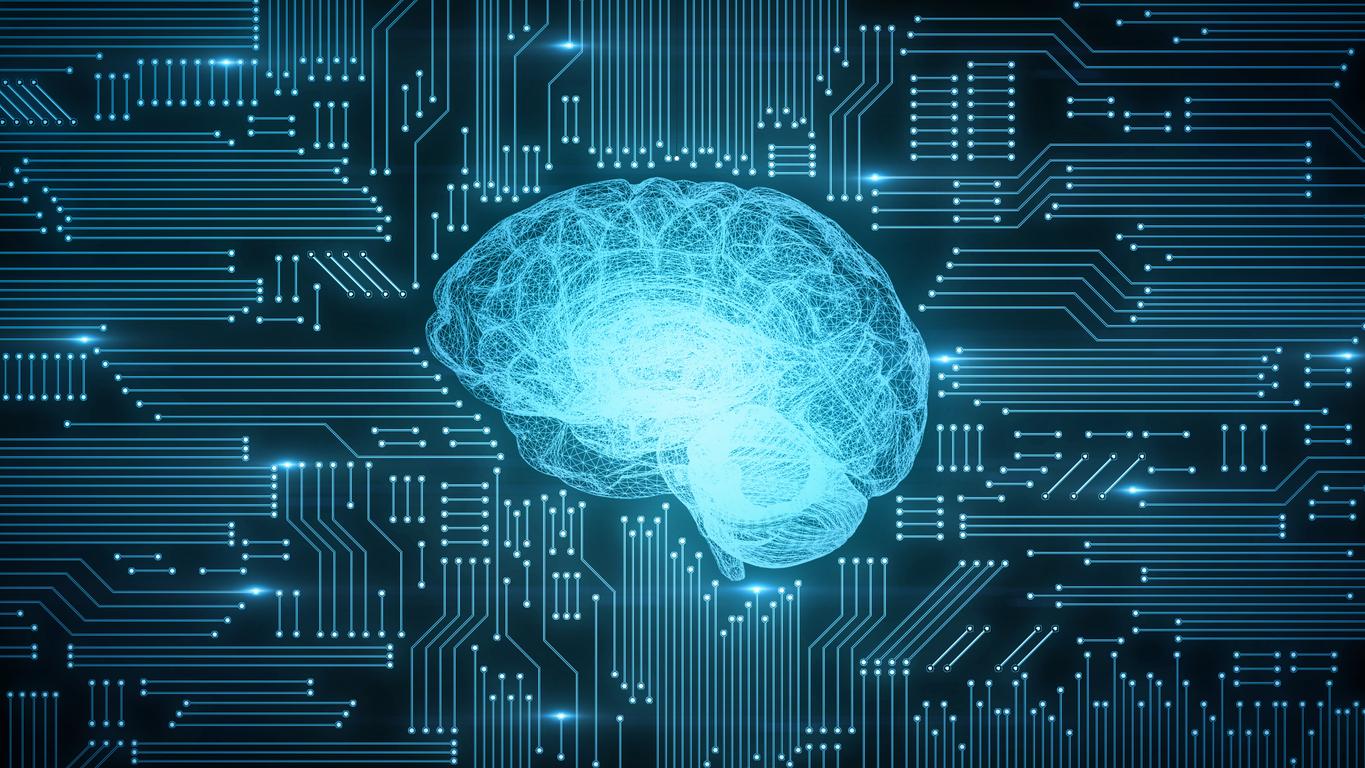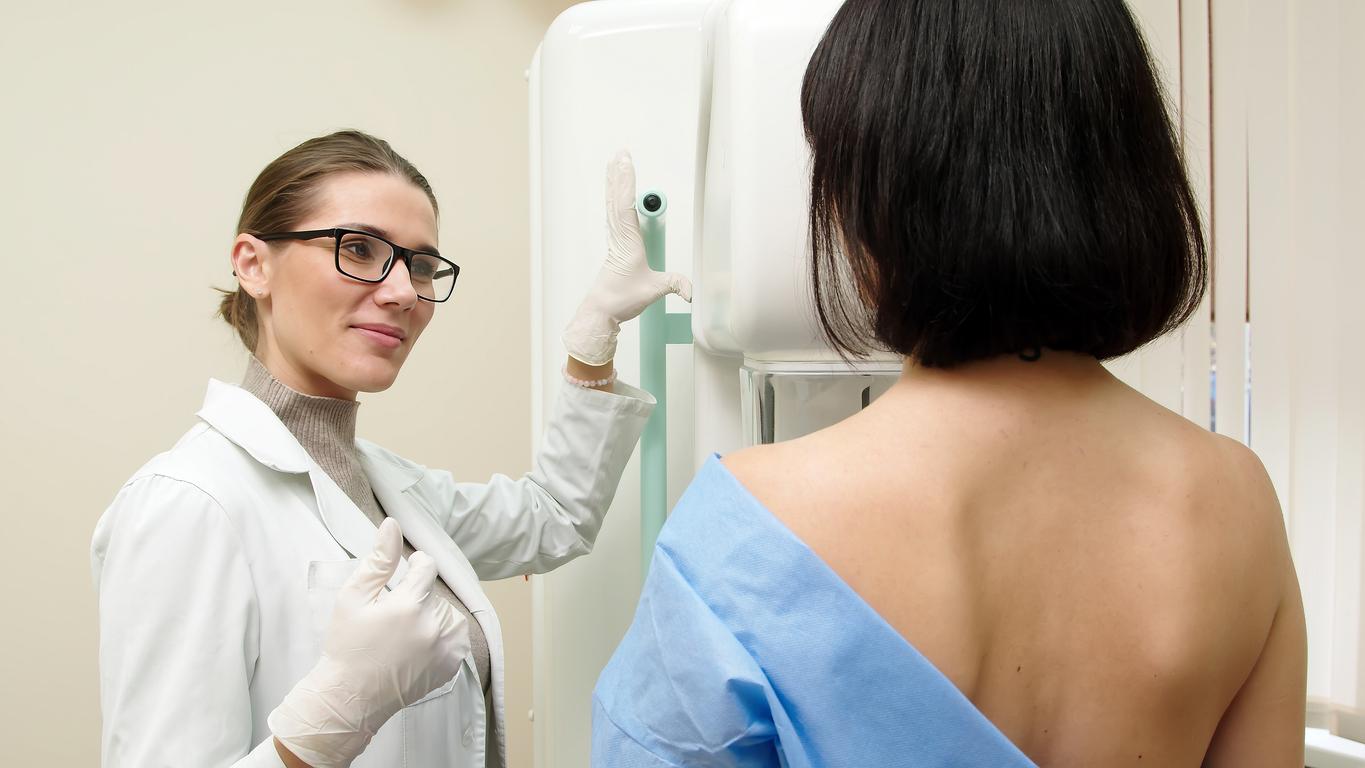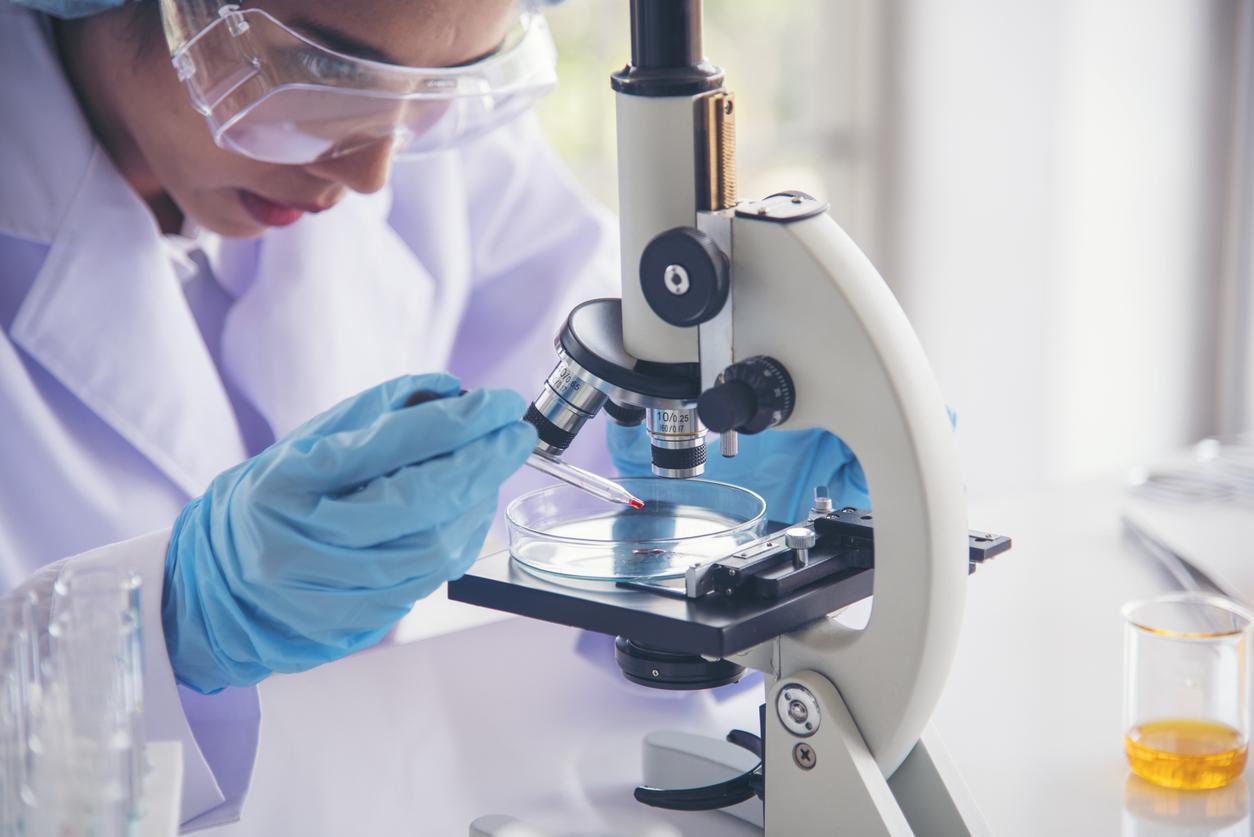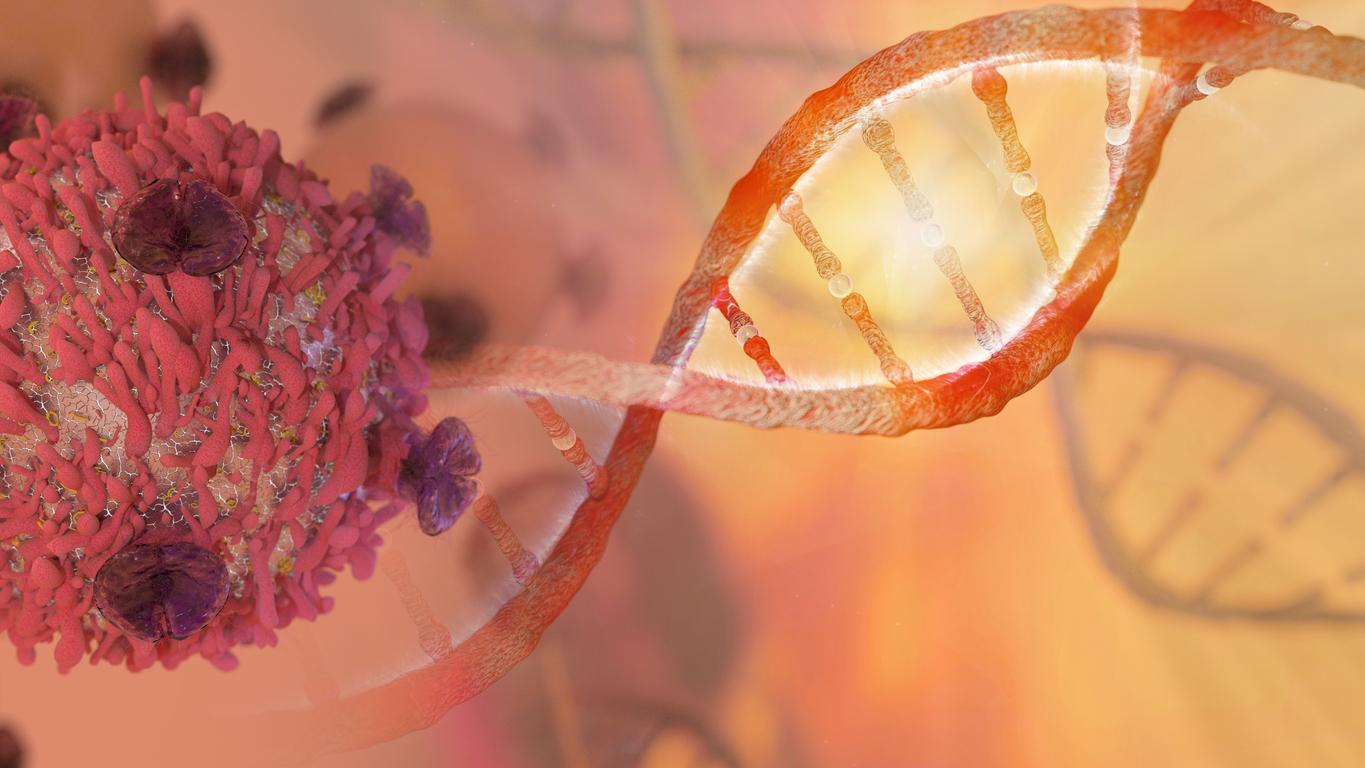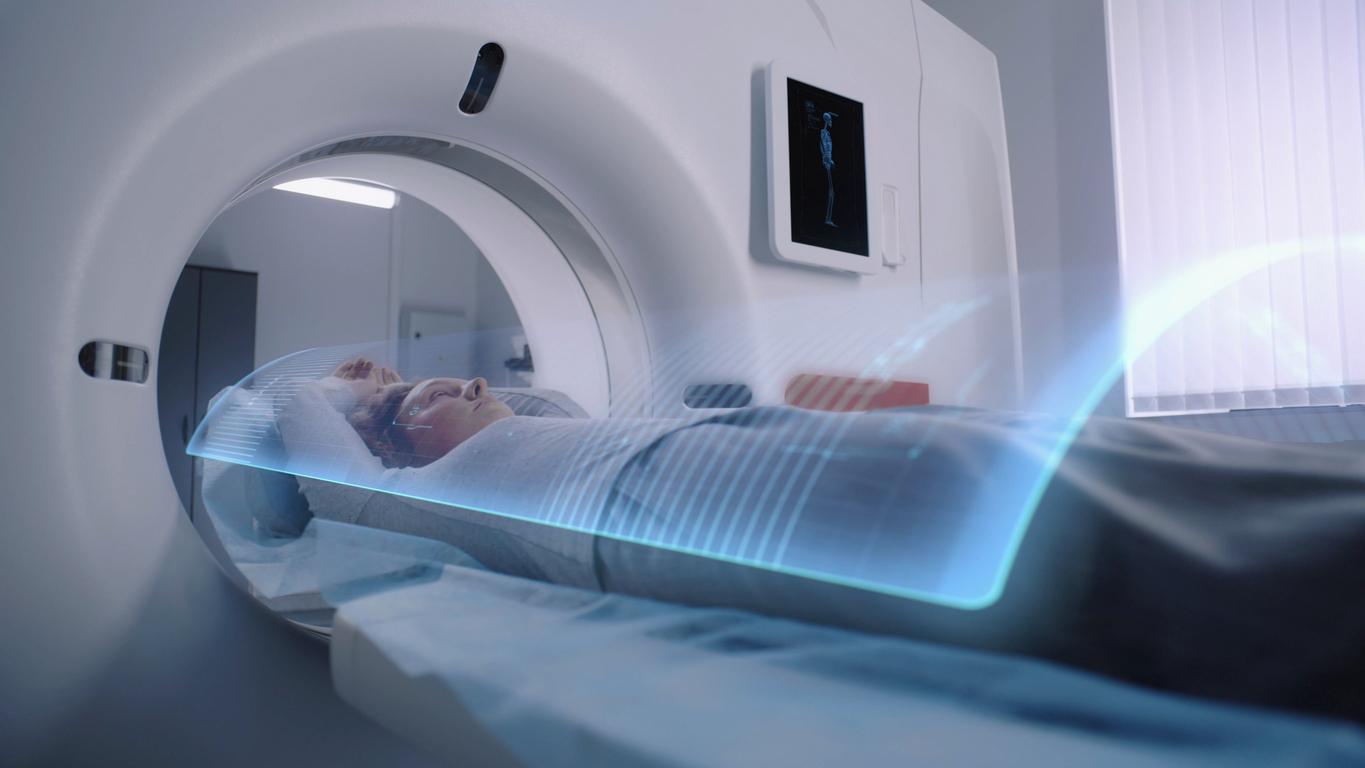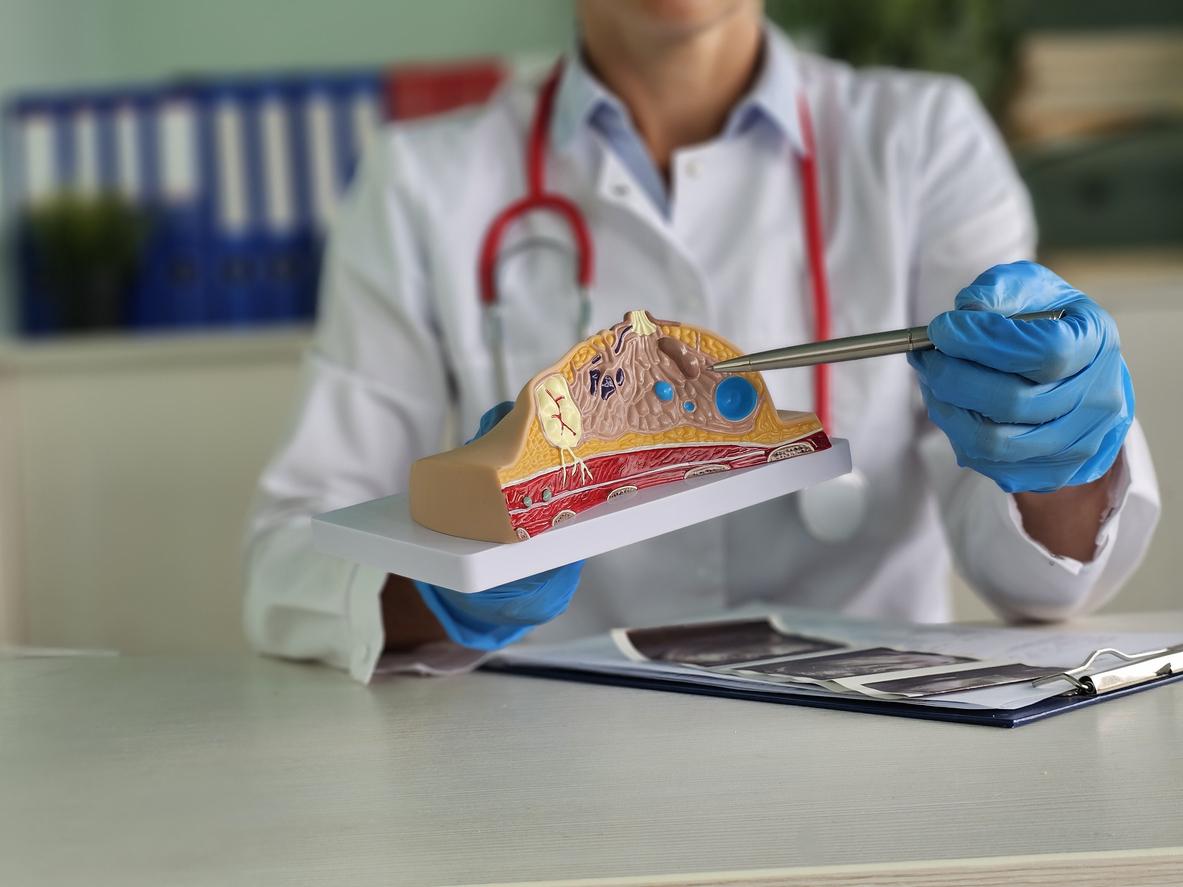To improve the accuracy and speed of skin cancer diagnosis, new technologies are emerging, including computer-aided diagnosis (CAD).

- Computer-aided diagnosis is a promising technology that can improve early detection of skin cancer.
- The DAO is not intended to replace dermatologists but to assist them in their diagnosis.
- The combination of medical expertise and artificial intelligence offers new perspectives for the management of patients with skin cancer.
CAD, or computer-aided diagnosis, is a technology that uses artificial intelligence to analyze medical images, such as photos of skin lesions. These algorithms, trained on huge databases of images of healthy and cancerous skin, are able to identify the specific characteristics of a lesion and assess the risk that it is cancerous.
Skin cancer and AI: how does it work?
- Image capture: A high-resolution image of the lesion is taken using a dermatoscope, a device that allows observation of the superficial layers of the skin.
- Computer analysis: The image is then analyzed by artificial intelligence software which looks for specific characteristics such as the color, shape, size and edges of the lesion.
- Risk assessment: The algorithm assigns a risk score to the lesion, indicating the likelihood that it is cancerous.
- Medical decision support: The dermatologist uses this score, combined with his own clinical examination, to refine his diagnosis and decide on the follow-up (biopsy, follow-up, treatment).
What are the advantages of DAO?
• Objectivity : AI algorithms are not influenced by subjective factors such as fatigue or doctor experience.
• Speed : Analyzing an image by a computer is much faster than a traditional visual examination.
• Precision : The best algorithms achieve accuracy comparable to, or even superior to, that of experienced dermatologists.
• Access to expertise : DAO helps democratize access to high-level expertise, even in areas where dermatologists are rare.

The limits of DAO
• Complementarity with human expertise : The DAO is a decision-making tool; it does not replace the clinical examination carried out by a dermatologist.
• Training data : The performance of algorithms depends on the quality and diversity of the data used for their training.
• Cost : The acquisition and maintenance of the necessary equipment can represent a significant cost.
Computer-aided diagnosis is a major advance in the field of dermatology. By providing an objective and rapid analysis of skin lesions, it improves diagnostic accuracy and accelerates patient care. However, it is important to emphasize that CAD should not be considered a magic tool, but rather as a complement to medical expertise.










